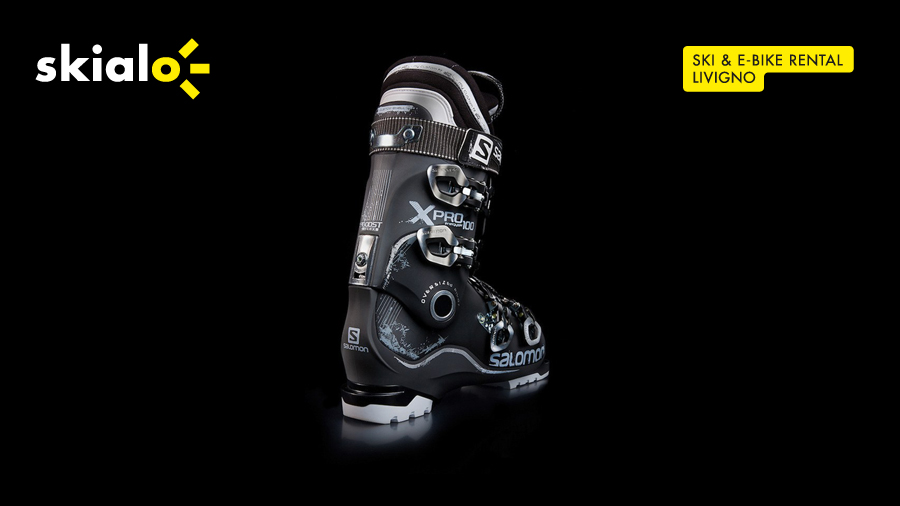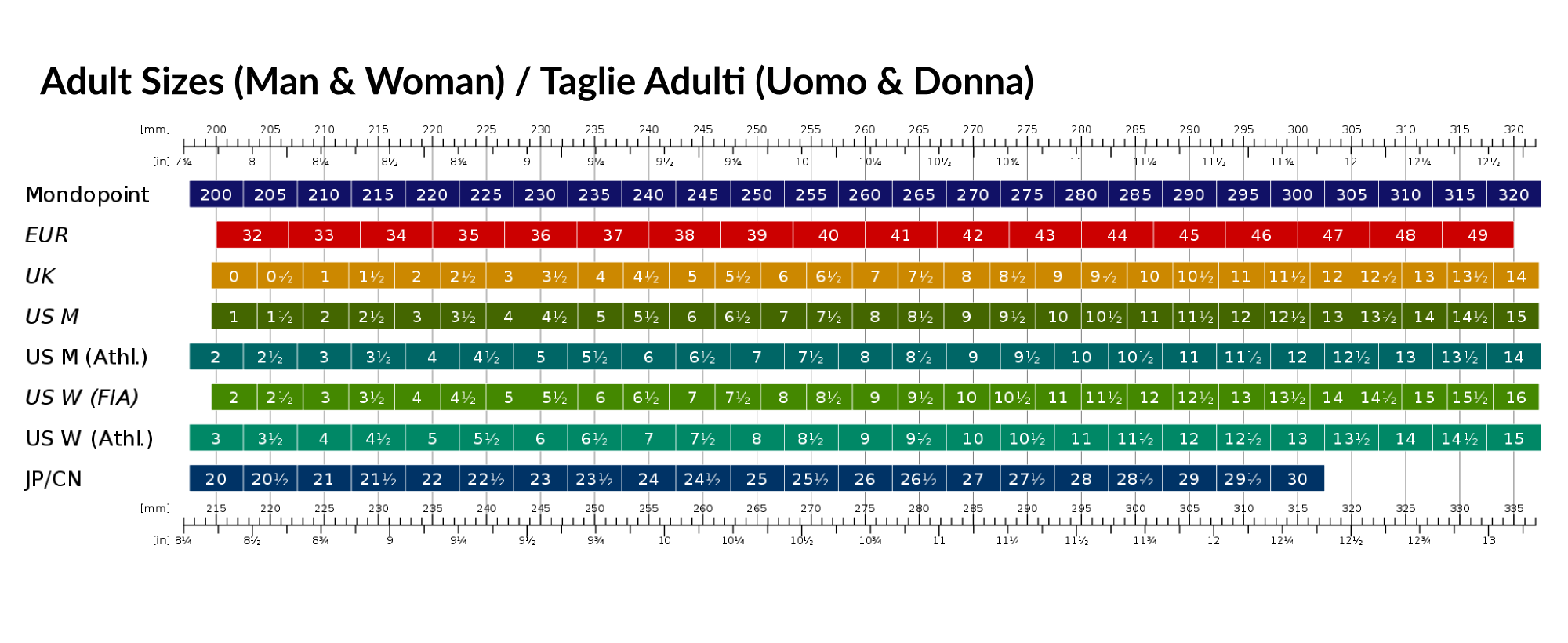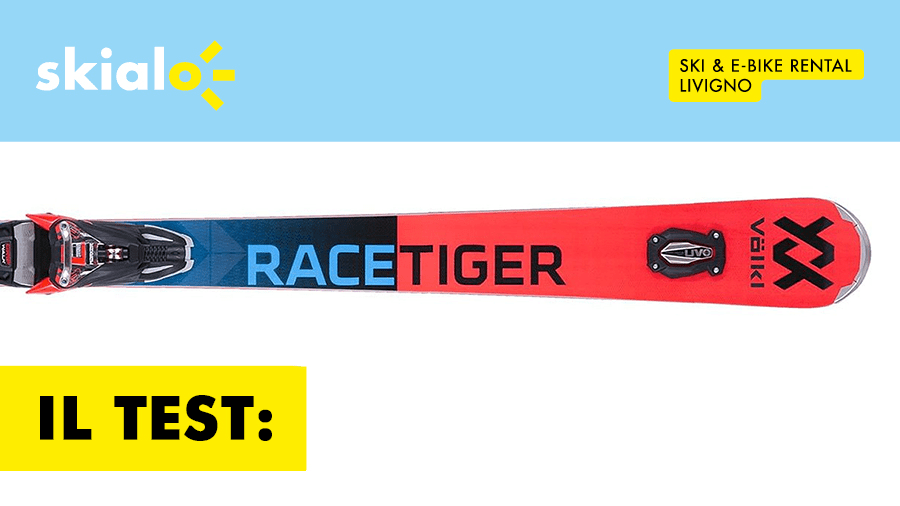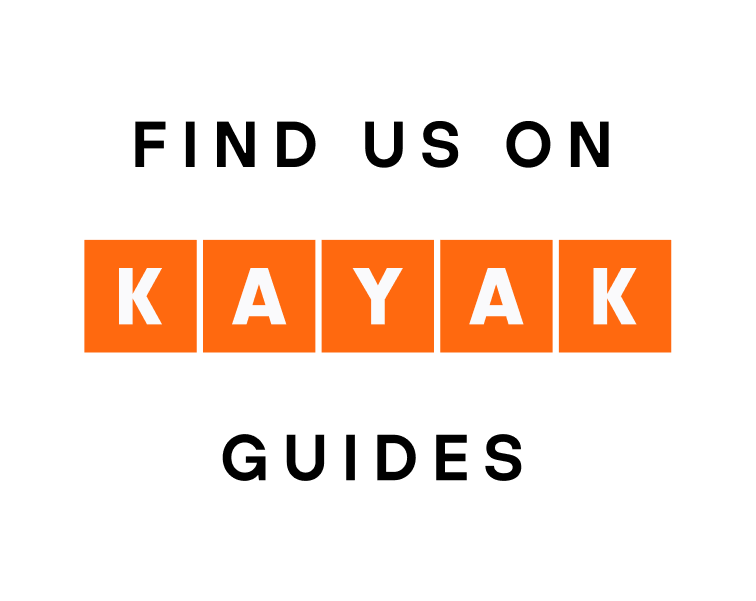- Category: Winter
- Created: 19 September 2018
Choose the right ski boots is always tricky. Here are five useful tips By Skialo - Ski Rental Livigno to get bright ideas and be ready for purchase or hire.

Choose the right ski boots may seem complicated, but follow a few rules carefully to make sure you're not wrong. This article by Skialo - Ski Rental Livigno team, explains the Mondopoint measuring system, how to measure the foot length, what the flex is, how to try ski boots and which model to choose.
#1 Mondopoint measuring system

There is an urban legend, spread all over the world, which claims that the ski boot ‘must be’ one or even two sizes larger than your shoe size. If this theory sometimes turns out to be valid, it's just a coincidence, in reality, things work very differently.
It's good to remember that's not possible to equate the size of any shoe model to that of ski boots. The same shoe brands very often don't match each other: for example, an EU 40 'Adidas' isn't equivalent to an EU 40 'Nike'. In the world, there are eight scales of measurement of footwear, and some of them make a difference between man, woman and child.
The ski boots size basics refer to the Mondopoint system, created in 1991 with the aim of identifying a single global standard. The major producers have adopted it and finding your size is very simple. This system uses the millimetre (mm) as the basic unit: knowing the length of your foot, you will get the Mondopoint equivalent. The table above is the same one that we use as a reference in every Skialo - Ski Hire Livigno shop.
#2 Foot measurement

Specialized shops, such as the Skialo - Ski Rental Livigno points, are usually equipped with a particular instrument, called Pedometer, which can detect the length and width of your feet. Knowing these values you can choose a ski boot that is not too long or short, nor excessively wide or narrow.
It's also important to get measurements of the volume of ankles and calves. A very high instep can cause difficulty in the entry of the latter inside the boot, and for this, there are models designed with geometries that facilitate the fit. In case of large calves, it's possible to choose ski boots with a more massive diameter leg or with extendable buckles, which guarantee a greater range of adjustments.
#3 The ski boots Flex index

All manufacturers determine a flexibility index of the entire boot, called 'Flex': the higher the number, the more rigid the shell will be. Generally, a flex from 60 to 80 is excellent for beginners or intermediate skiers, between 90 and 110 is for high-level skiers, between 120 and 150 is usually dedicated to extremely robust athletes or skiers.
The different ski boots models are therefore engineered for greater comfort or performance, or for a right balance of both factors. Those for beginner skiers are more flexible, comfortable and forgive more mistakes, while the models for experts are more enveloping and stiff.
Using boots that are too rigid for own abilities is self-defeating: the ankles are blocked and lost in sensitivity, agility and precision. For a beginner or middle-class skier, too 'high' flex can significantly limit the improvement in technique. Evaluate your skills correctly to select the model with the most suitable technical features for your skiing level.
#4 How to try the ski boots
Start by testing them in a Mondopoint size equivalent to the length of your feet. Wear it and close the buckles on the first level: if it's already tight, probably isn't the right one and you need to choose a model with a broader profile. In fact, at the cold of the slopes, the foot will have a reduced volume, and the plastic will become stiffer, requiring a greater closure of the buckles, to allows shell correctly wraps it.
Keep the buckles closed as described and check if the length is correct: in an upright position, the toes must lightly touch the top of the boot, without pressure; then, by bending the knees forward, the top is no longer perceptible. Return to a vertical position and repeat the movement a few times to be sure.
Last check: now the buckles must be tightly closed to block the heel and avoid lifting while flexing the knees. The skier's sensibility and the precision in the skiing handling, are controlled by the front of the foot. Metatarsals must be blocked and cannot fluctuate. By making lateral rotation movements of the foot, you can check whether there is too much room or not.
#5 Final considerations
If you are a beginner and you are not familiar with the concepts described above, remember that there is the possibility to rent ski boots. Follow the advice of Skialo - Ski Rental Livigno and test the different models on the slopes. After the first experiences, you will be able to understand better which type of boot fits your foot and consider the purchase.
In case of problems or special needs (hallux valgus, persistent pain to the ankle bones...) it's good to remember that there are several models on the marketplace with the thermoformable inner shoe. After being heated with an apposite oven, the skier inserts the foot, and during cooling, it acquires its shape. This system can be an excellent way to avoid pain and increase comfort.
These tips are a useful reminder of how to choose the appropriate ski boot and are based on our daily experience in Skialo - Ski Rental Livigno shops, with thousands of customers served. Remember that every little bother in the store can turn into an ordeal on the slopes: buy or rent quality products in specialised stores.








